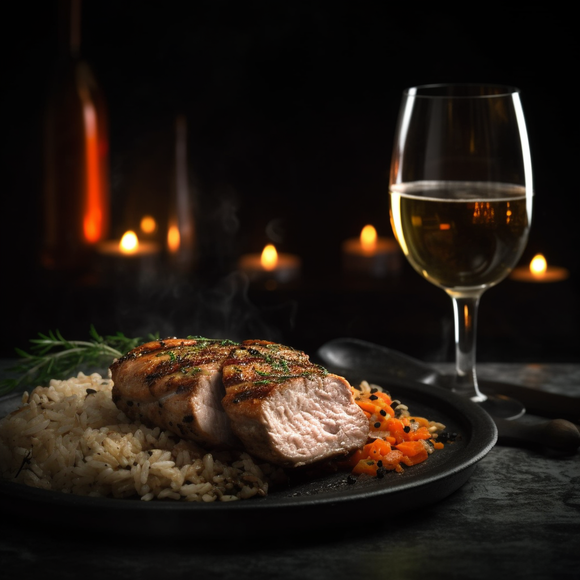Pork tenderloin is a premium cut of meat that comes from the muscle running along the backbone of a pig. It is a lean, tender, and flavorful cut that is highly sought after in culinary preparations.
Pork tenderloin has a mild, slightly sweet flavor that pairs well with a variety of herbs, spices, and sauces, making it a versatile choice for many different types of cuisine. The texture of pork tenderloin is tender and moist, with a fine grain that cooks up beautifully, making it a popular choice for roasting, grilling, and pan-searing.
In its natural state, pork tenderloin is cylindrical in shape, with a thin silverskin covering that should be removed before cooking. It is typically pinkish in color and can vary in size, ranging from about 1 to 2 pounds. As a chef, I would often trim off any excess fat or connective tissue to ensure a clean and appealing presentation.
When preparing pork tenderloin, I might marinate it to infuse it with additional flavors, or I might rub it with herbs and spices for a dry rub. Pork tenderloin is often cooked to medium or medium rare to retain its tenderness and juiciness, with an internal temperature of 145°F (63°C) followed by a brief resting period to allow the juices to redistribute.
Pork tenderloin is a popular choice for elegant dishes, such as a classic Pork Wellington or a creamy Pork Stroganoff. It can also be sliced into medallions or cut into strips for stir-fries, skewers, or salads. As a chef, I might serve pork tenderloin with a wide variety of accompaniments, such as roasted vegetables, mashed potatoes, or fruit-based sauces, to create a well-balanced and visually appealing dish.
In conclusion, pork tenderloin is a prized cut of meat that offers a delicate flavor and tender texture, making it a versatile and delicious ingredient in many culinary preparations. Its versatility and versatility make it a favorite among chefs and home cooks alike, allowing for creative and flavorful dishes that are sure to impress.


